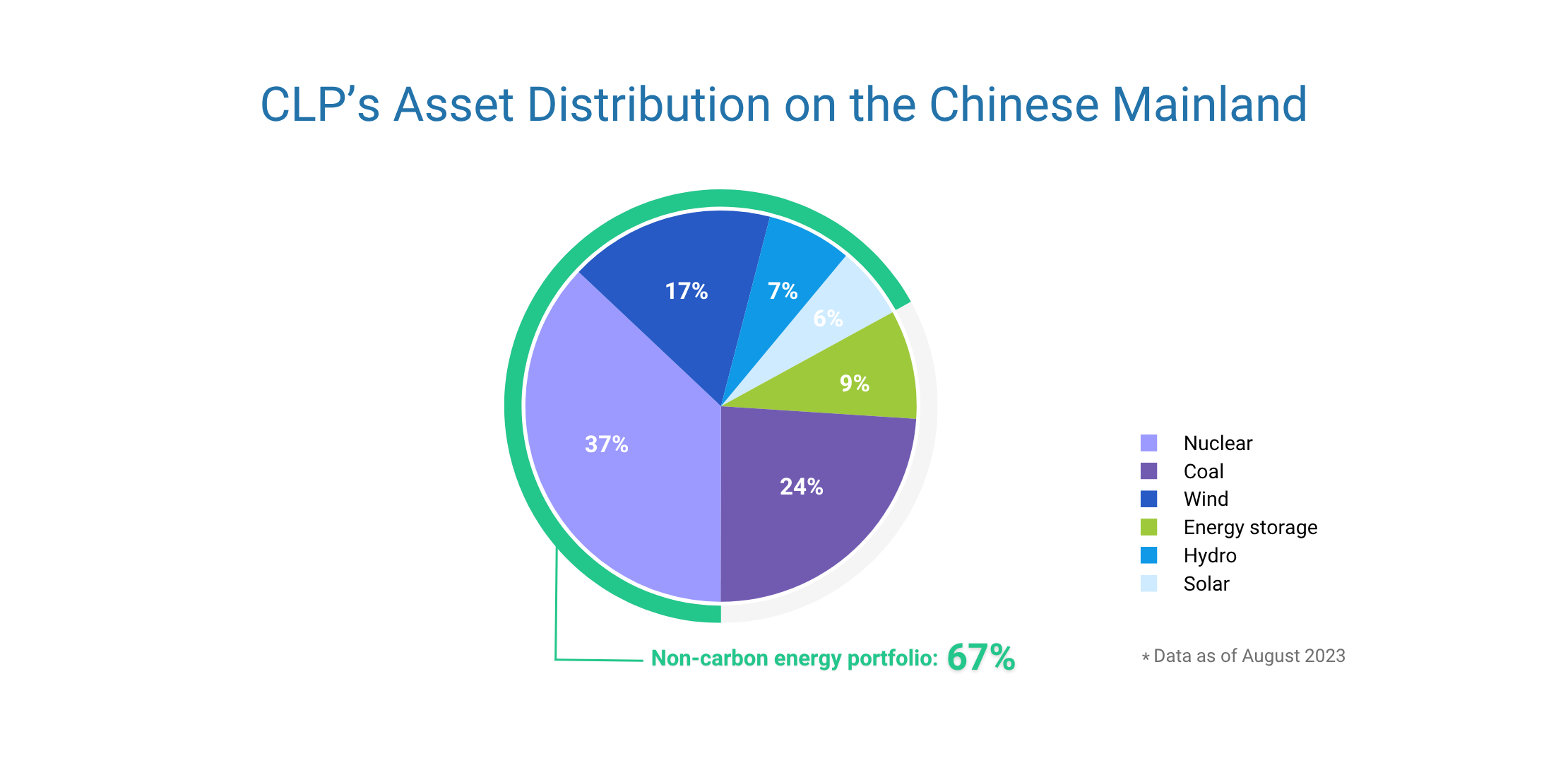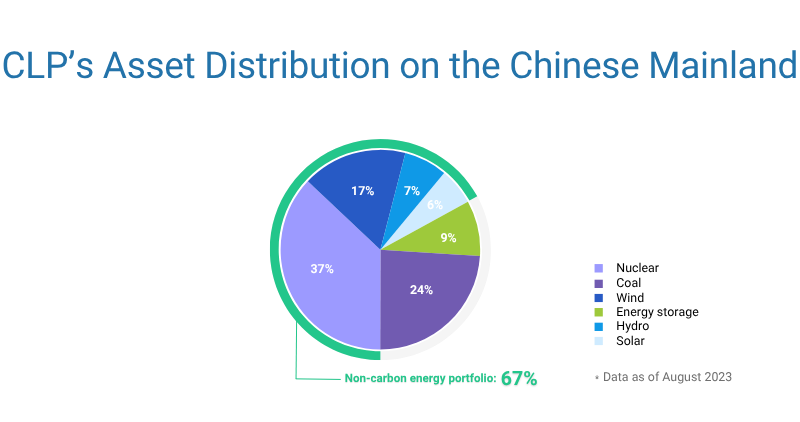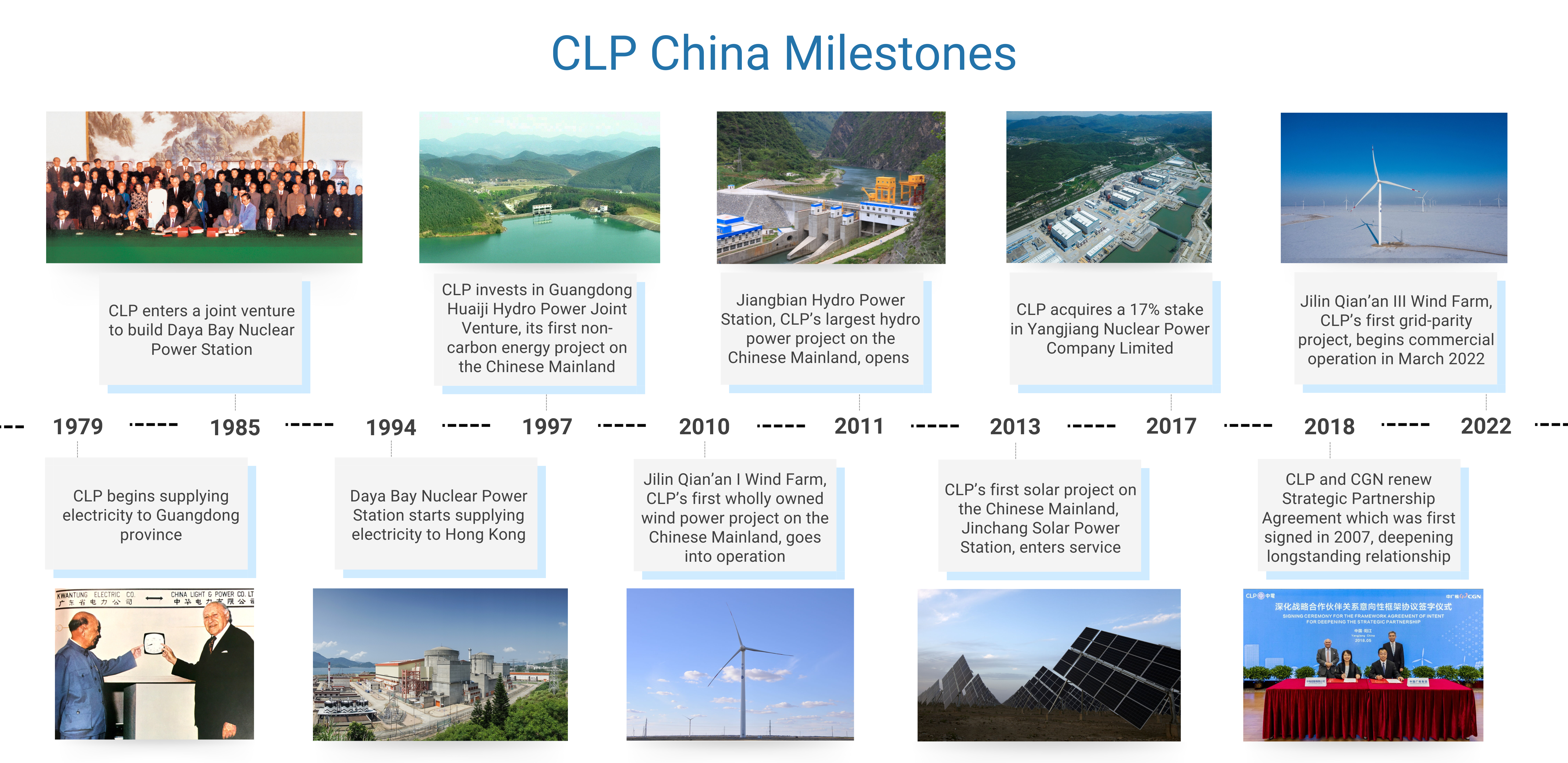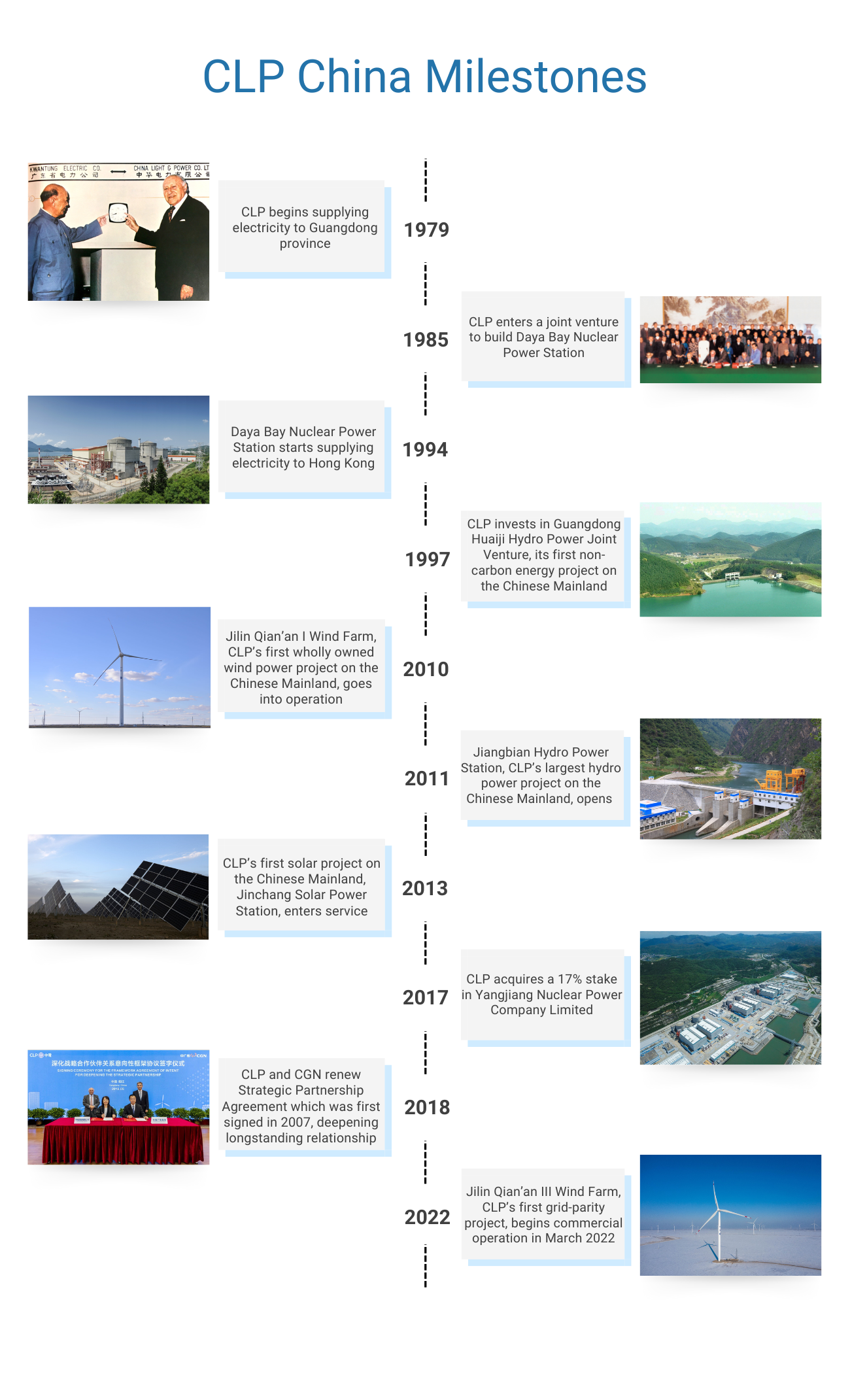China’s Expressway to Sustainability
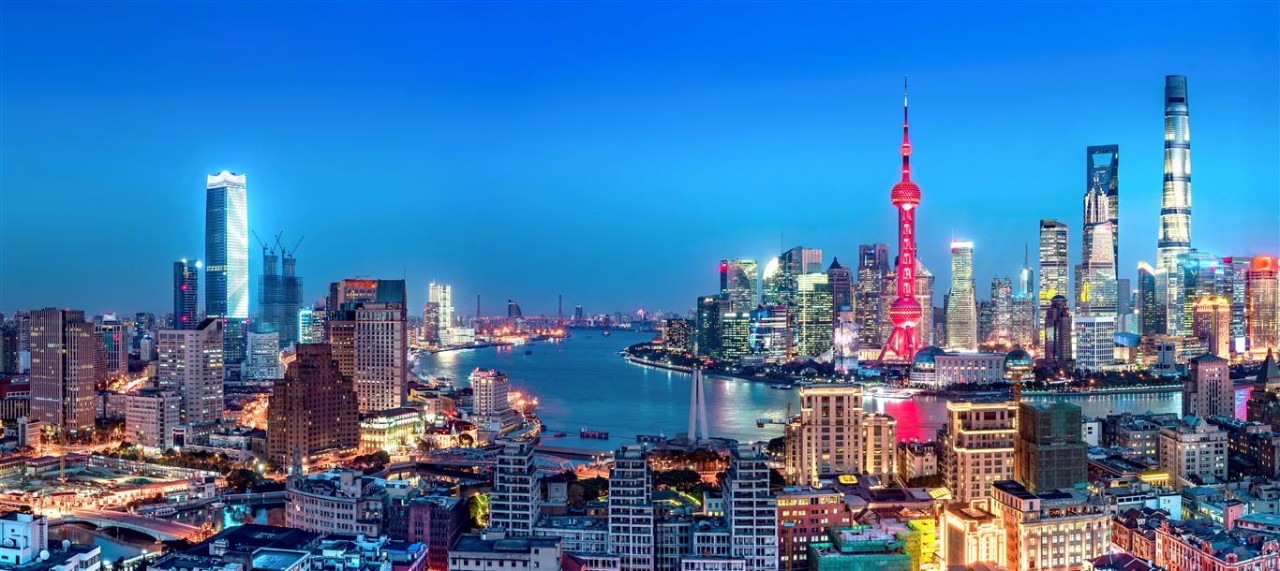
China is the global economic success story of the 21st century. Now, it is leading the world in developing sustainable energy following 45 years of reform and opening up. In my first blog post, I look at CLP’s role in the nation’s past transformation and the road ahead for its energy transition.
16 February 2024
China has achieved an astonishing economic transformation over the past half a century. We have all watched with admiration as it has grown to become the world’s second biggest economy and lifted close to 800 million people out of poverty through its bold market reforms.
The lives of people on the Chinese Mainland have changed beyond recognition, with the national GDP per capita rising from just over US$150 in 1978 to almost US$13,000 in 2022, according to the World Bank.
One of the drivers of these extraordinary achievements is energy. China’s capacity for electricity generation soared from 57 million kilowatts in 1978 to more than 2.8 billion kilowatts in 2023 to power its booming factories and modern office complexes and homes.
Today’s China is the world’s largest producer of electricity, generating around 8.7 trillion kilowatt-hours (kWh) of electricity in 2022 – more than double the amount produced by the US.
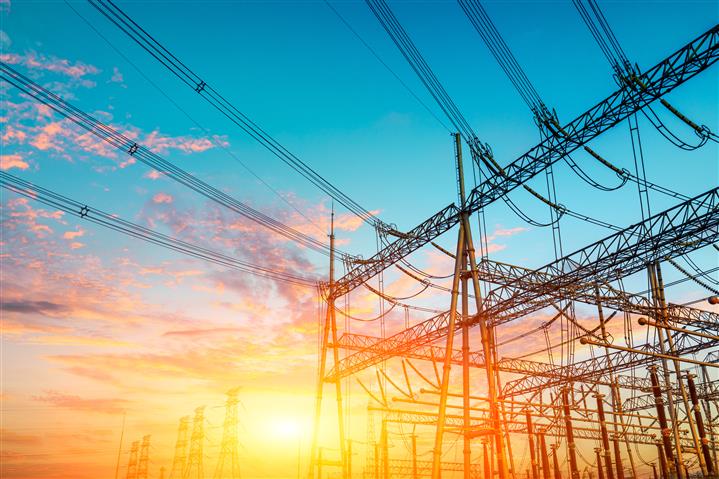
Electricity has powered the remarkable growth of modern China.
Managing the consequences of growth
Inevitably, economic transformation has come at an environmental price. As China continues to gain prominence on the world stage, President Xi Jinping, at the 2020 United Nations General Assembly, set out a bold trajectory for decarbonisation that will see the country achieve carbon neutrality by 2060, leading the global fight against climate change.
The nation’s energy policies are focused on sustainable development, investing heavily in low-carbon sources such as nuclear power and renewable energy, promoting energy storage, and exploring new clean energy technologies such as green hydrogen.
China is already the world’s largest producer and consumer of renewable energy, generating more than 2 trillion kWh in the first three quarters of 2023 to meet nearly a third of its total electricity consumption, the National Energy Administration tells us.
The nation contributed more than half of global renewable energy capacity additions in 2023. The international Energy Agency also estimates China will account for almost 60% of new renewable capacity expected to become operational globally by 2028.

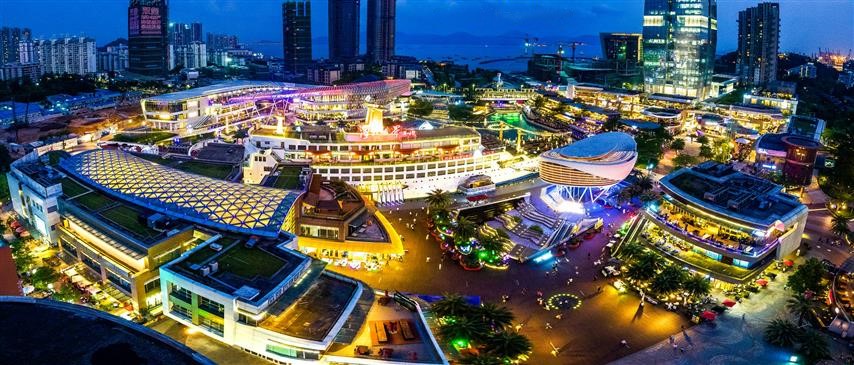
Shenzhen, China’s first special economic zone, has evolved from a sleepy fishing port in the 1980s (top) into an industrial and financial megacity (bottom).
A century of partnership
We are immensely grateful to be a part of China’s incredible success story. Our deep bond with China stretches back to the late 19th century when our largest shareholder − the Kadoorie family – established businesses in Hong Kong and Shanghai.
CLP’s story in China began in 1979 – just a year after the nation launched its reform and opening up policy – when we successfully supplied electricity to Guangdong province through an interconnection with the Guangdong power grid.

Lord Lawrence Kadoorie meets state leader Deng Xiaoping at the Great Hall of the People in Beijing in 1985.
Nowadays, CLP has a diversified portfolio of more than 50 power generation projects in 15 provinces, autonomous regions, and municipalities on the Chinese Mainland.
In 1985, we invested in the nation’s first large-scale commercial nuclear power project at Daya Bay. The power station currently supplies 80% of its electricity to Hong Kong and meets around a quarter of the city’s electricity demand, helping us to avoid carbon dioxide by over 7.5 million tonnes a year, ease the impact of fuel cost increases and stabilise tariff levels in a volatile global market.

CLP Power adopts a diversified fuel mix to ensure and reliable and affordable power supply to Hong Kong.
Our investment in Daya Bay Nuclear Power Station – which marks the 30th anniversary of its commissioning in 2024 – was a powerful vote of confidence in China’s future. As one of the earliest and largest projects under China’s reform and opening up, it was a prescient decision by the Kadoorie family with long-lasting benefits for both Hong Kong and CLP.
Nuclear power has been a vital part of China’s energy transition since then. A low-carbon fuel that is safe and competitively priced with relatively less price volatility, it provides a stable source of baseload electricity to ensure a secure energy future.
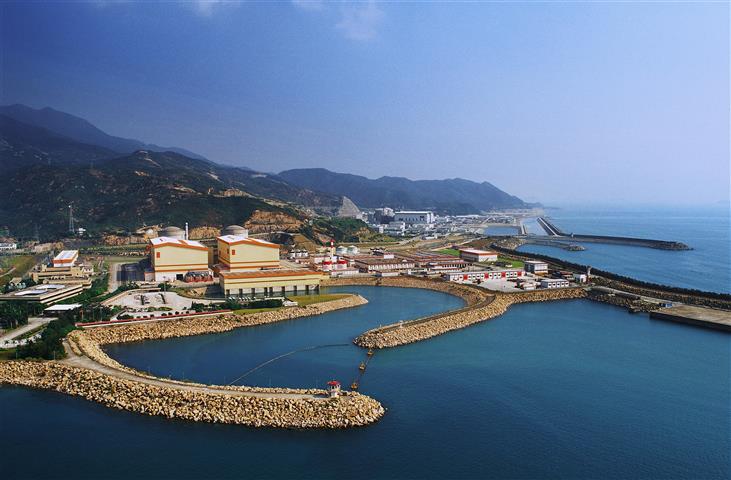
Daya Bay Nuclear Power Station is the first large-scale commercial nuclear power station in China and supplies safe, clean electricity to Hong Kong.
China is now the world’s third biggest nuclear power producer by installed capacity after the US and France, with more than 50 nuclear power plants currently in operation and more than 20 under construction.
By 2035, China is expected to become the world’s largest nuclear power producer, with output accounting for around one tenth of total electricity generation, compared with less than 5% in 2022.
After the success of Daya Bay, we took a 17% stake in Yangjiang Nuclear Power Company Limited in 2017. We will continue to explore investment in nuclear energy and regional imports to help Hong Kong and the Chinese Mainland reach their decarbonisation targets.
A new chapter in clean energy
In addition to investing in nuclear power, we have a comprehensive strategy to support the Chinese Mainland’s dual carbon targets of achieving peak carbon emissions by 2030 and carbon neutrality by 2060, as well as Hong Kong’s goal of carbon neutrality by 2050.
While non-carbon energy assets already account for around 70% of our total generation capacity on the Mainland, we continue to adjust our generation portfolio and accelerate our investment in clean energy projects to keep us on track with our Climate Vision 2050. We are exploring opportunities to further expand our renewable energy portfolio, including new grid-parity wind and solar projects, while strategically developing nuclear power and other zero-carbon technologies and the sales of green electricity products with an aim to help our corporate customers achieve their decarbonisation targets.
China’s economic transformation has been an extraordinary story so far, and a new chapter is opening as it pivots towards a sustainable future. As we celebrate the achievements of the past half century, we will continue to support the transition of the nation’s power sector, bringing cleaner power and smarter energy solutions to customers.
Climate change is an imminent existential threat, and we must act swiftly to change the way we generate electricity. I am excited about what lies ahead for CLP and for China as we continue our net-zero transition.
China went through unprecedented economic transformation in the past 45 years. Now it is leading the world in the energy transition. Let’s work together to unlock the full potential of the nation’s power sector and shape a vibrant, sustainable future for everyone.
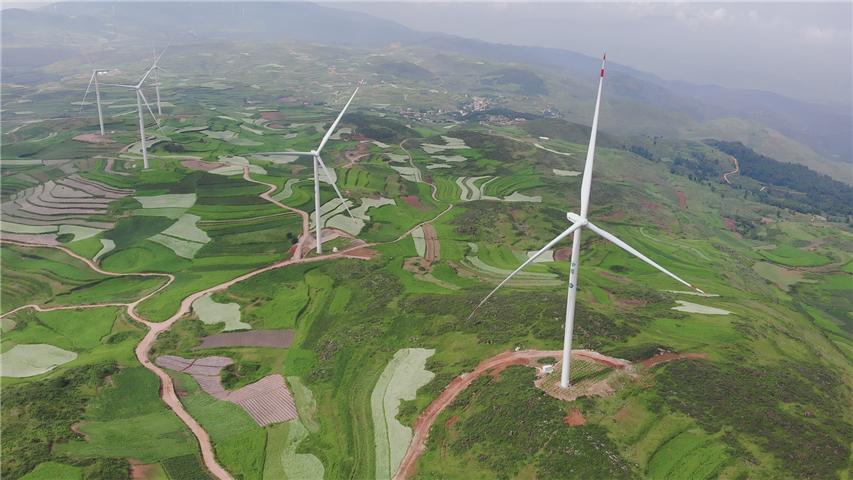
Xundian II Wind Farm in Yunnan Province adopts next-generation large-capacity technologies and is the largest single wind turbine generator in CLP’s entire portfolio.
Subscribe to the CLP CEO Blog to stay informed with the latest industry insights. By subscribing, you agree to the terms in this Personal Information Collection Statement.


